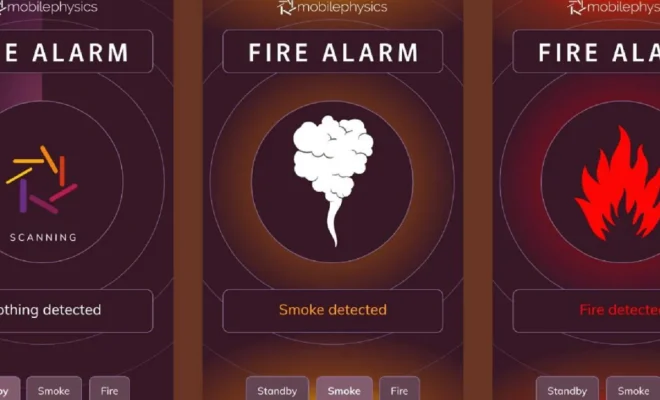Can Your Smartphone Test Air Quality? This Startup Thinks So

As smartphones become increasingly adept at managing various aspects of our lives, from navigation to health monitoring, it’s no surprise that the realm of environmental sensing is also becoming accessible through these omnipresent devices. A groundbreaking startup is tapping into this potential by developing a cutting-edge application that aims to turn your ordinary smartphone into a sophisticated air quality testing device.
In recent years, public awareness about the importance of air quality has surged due to rising pollution levels and their associated health risks. Traditionally, monitoring air quality has been a task for dedicated devices that can detect and measure a range of pollutants like particulate matter (PM), volatile organic compounds (VOCs), carbon monoxide (CO), and nitrogen dioxide (NO2). However, these pieces of equipment are often costly and not readily available to the average person.
Enter the innovative startup with a vision to democratize air quality monitoring. Leaning on the latest advancements in sensor technology and artificial intelligence, the company has developed a miniaturized sensor capable of detecting various pollutants at concentrations relevant to human health, which can be integrated with smartphones. This sensor, combined with an intuitive app interface, provides real-time data on the quality of air surrounding the user.
An added layer of complexity comes from interpreting this raw data—a task the startup tackles with AI algorithms. These algorithms not only interpret the data accurately but also learn patterns over time, offering predictive insights about air quality trends based on location, time of day, and existing conditions.
Optimists believe that personal air quality sensors could revolutionize public health by providing granular data that informs individuals’ decisions regarding outdoor activities, home ventilation, or even city planning. Critics point out challenges such as ensuring accuracy across diverse environments and device models, as well as privacy concerns associated with tracking users’ locations.
Whether or not smartphones become our go-to gadget for sniffing out airborne threats remains an open question. However, this startup’s vision underscores a broader trend: leveraging technology to put actionable environmental information in the palms of our hands. As sensor technology becomes more compact and affordable, it’s conceivable that future smartphone models will include built-in capabilities for testing air quality. Until then, we’ll watch closely as early adopters test out these innovative devices—and perhaps breathe a little easier knowing they’re at the forefront of citizen-driven environmental monitoring.






